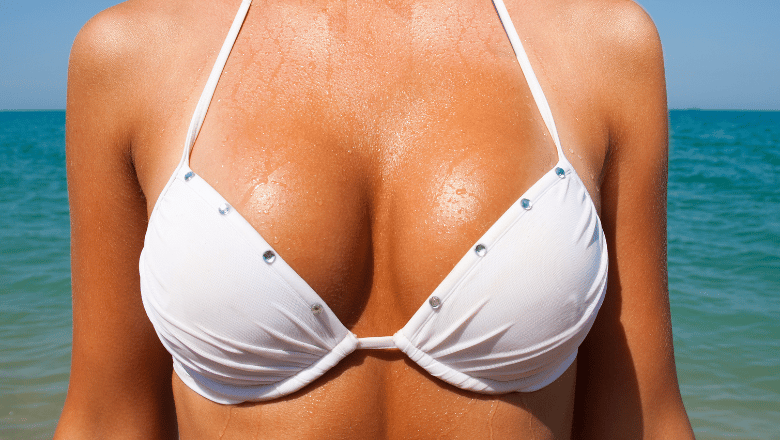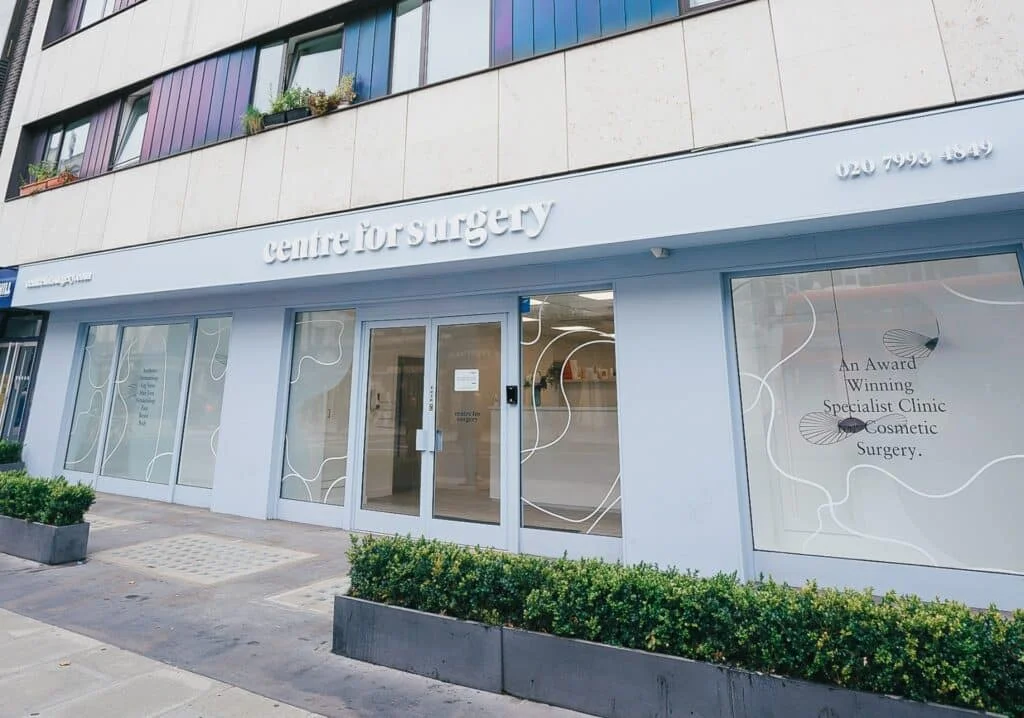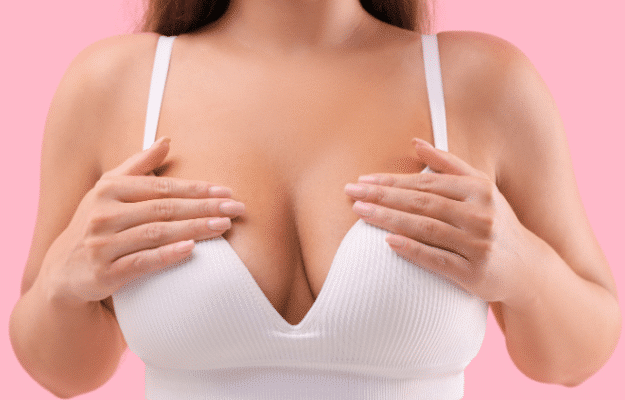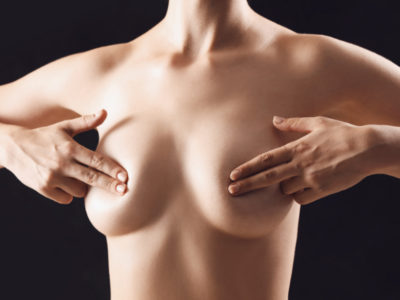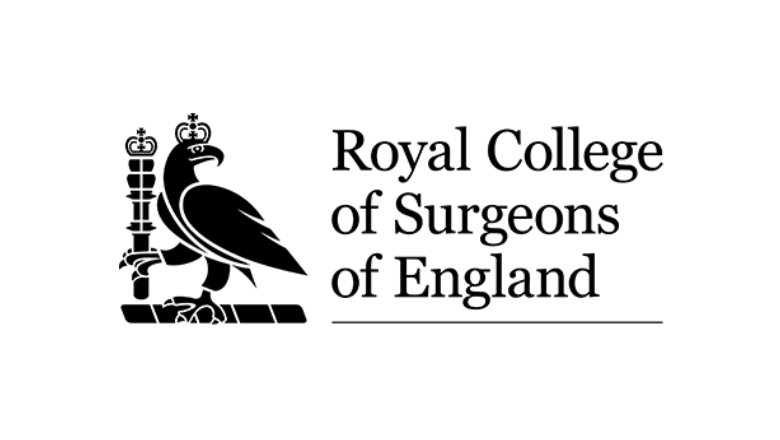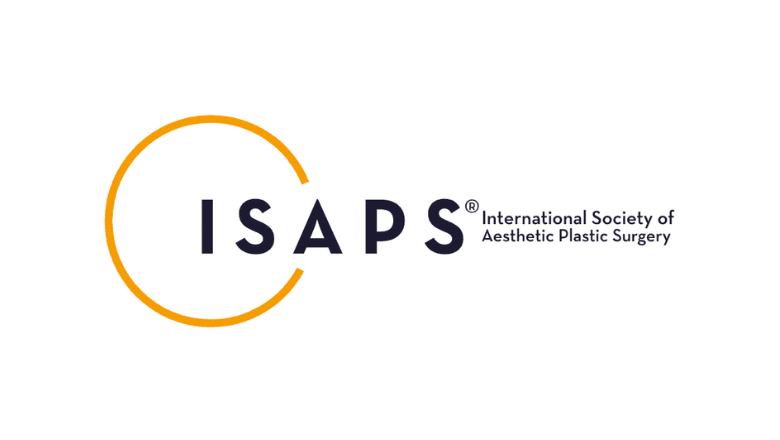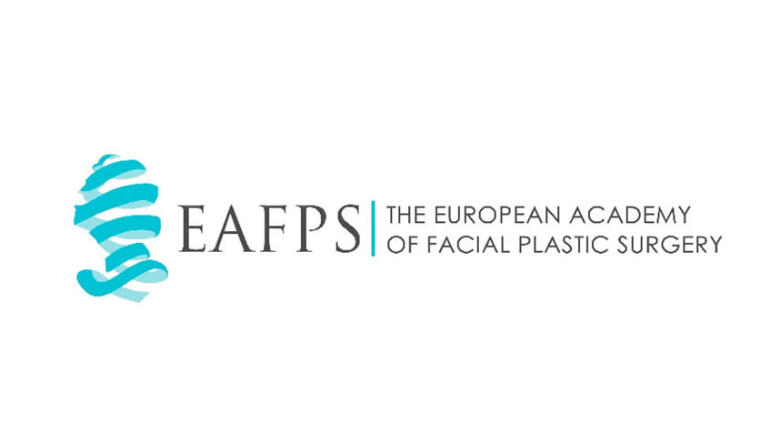For patients who are considering having cosmetic surgery, one of the best methods of determining whether the treatment is appropriate for you is by learning about the advantages and disadvantages of that particular treatment. As with all types of cosmetic surgery, there are upsides and downsides to each procedure, and which treatment works best for you is very much dependent on your treatment goals. In many cases, one’s goals for treatment may end up converting a disadvantage to an advantage of having that particular treatment.
Breast augmentation with fat transfer is an ideal example of a procedure where sometimes the upsides can become downsides and vice versa. Compared with breast augmentation with implants, fat transfer breast augmentation has a more favourable risk profile so that the disadvantages of the procedure are less. However, the expected results of the procedure should still be consistently good and this will very much depend on selecting the right patient for the procedure.
What is Fat Transfer Breast Augmentation?
Breast augmentation with fat transfer is also known as a natural breast augmentation or fat transfer to the breasts and does not involve the use of silicone implants to improve breast volume. Fat transfer is a combination of liposuction to remove excess fat from other parts of the body such as the abdomen, thighs or back and the fat transfer component which involves the reinjection of fat into the breasts.
What types of fat transfer can I have?
Our surgeons often go a step further and combine fat transfer to the breasts with breast implant surgery which is also known as hybrid breast augmentation and is an ideal procedure for those who are looking for a significant increase in breast volume as well as optimising their breast cleavage for more natural-looking results. We thought it would be useful for patients to know about the advantages and disadvantages of the fat transfer procedure for breast augmentation.
Advantages of breast augmentation with fat transfer
No need for breast implants
For many women, having breast augmentation with fat transfer is a major benefit of this procedure. This procedure is considered a natural type of breast augmentation as the procedure involves the injection of fat which comes from your own body and does not involve the use of artificial silicone implants. Liposuction and fat transfer procedures involve minimal scarring compared with breast augmentation with implants and the risks are much less with fat transfer compared with implants.
Minimal scars
The fat transfer to breast procedure involves only very minimal incisions to permit access to the cannulas for the extraction of fat with liposuction and reinjection of fat using fat transfer. These incisions are no more than 3 to 4 mm in length. The incision used for breast augmentation with implants is longer and can be up to 45 cm in length when the most popular type of incision, also known as the inframammary incision, is used.
What is scarless breast augmentation?
Centre for Surgery is known as a centre of excellence for scar management, and our surgeons use a variety of methods to minimise the appearance of visible scars. However, the task is made a lot easier with any type of fat transfer procedure as these incisions are very small in length.
Enhanced body shape
With any fat transfer procedure, the first step always involves liposuction. Therefore any fat transfer procedure is very much a two-in-one combined procedure where you get the benefits of liposuction for improved body contouring as well as a fat transfer for enhanced volume in parts of the body such as the breasts or the buttocks, also known as a Brazilian Butt Lift. Patients who have 360 liposuction can get fantastic results with precise sculpting of the abdomen for an hourglass figure with larger and shapelier breasts with fat transfer to the breasts.
Natural-looking results
The fat transfer procedure is renowned for achieving natural-looking results as it uses your own body fat. Breast fat transfer produces results that both look and feel natural with increased size. For many women who would like to avoid the potentially fake look which is a possibility with implants, fat transfer is an excellent option for natural-looking results.
Quick recovery
In common with all types of fat transfer procedures, restaurant mentation with that transfer has a quick recovery period compared with breast augmentation with implants. Patience should still avoid strenuous activities for a period of 4 to 6 weeks to facilitate good healing. The procedure is less invasive compared with implants and this is why the body will heal quicker.
Less risk of complications
There are no artificial silicone implants involved in a fat transfer to breasts procedure, and therefore, the risk of complications is much less with fat transfer. The risk of implant rupture or capsular contracture is also eliminated, as well as the potential allergic reaction, and this significantly reduces the risks for a fat transfer procedure.
Disadvantages of breast augmentation with fat transfer
Unpredictable fat survival
The issue with all types of fat transfer procedures, including breast augmentation with fat transfer, is how much fat can be expected to survive. Most fat transfer procedures involve about 50 to 70% fat survival, with the remainder being naturally absorbed by the body. Your surgeon will take this into account during the fat transfer procedure but this, therefore, means that any volume enhancement is not as predictable when compared with the use of breast implants.
Asymmetrical results
It is a generally accepted fact that 30 to 40% of the fat injected is naturally reabsorbed by the body and this can increase the risk of breast asymmetry. In expert hands, this risk is rare but it can occur where one breast has more fat survival compared with the other breast and this can manifest as visible breast asymmetry.
Size limitations
Fat transfer to breasts does not have the same ability to increase the size of the breasts in a significant manner compared with breast implants. For patients who would like to achieve significantly larger breasts, the best option would be the best augmentation with implants.
For many women, this can be either an advantage or a disadvantage, as the expected size of the breast can be a source of unhappiness. No surgeon can promise exactly how much fat will survive, and some patients could end up with a smaller size of breasts than they would’ve hoped for. In other cases, many patients have a preference for more subtle increases in breast size for more natural-looking results.
Fat transfer breast augmentation is not suitable for every patient
Breast augmentation with fat transfer is an excellent treatment for many women who prefer a moderate increase in the size of their breasts and are already happy with their breast shape and have good skin elasticity and minimal asymmetry. Patients also need to have sufficient reserves of fat in areas of the body, such as the abdomen, that can be removed with liposuction and then used for fat transfer to breasts. Patients who have particularly large breasts with a degree of sagging or have significant asymmetry may be best served with a breast reduction or breast lift procedure. Patients who do not have sufficient fat reserves for fat transfer to the breasts may be better candidates for breast augmentation with implants.
